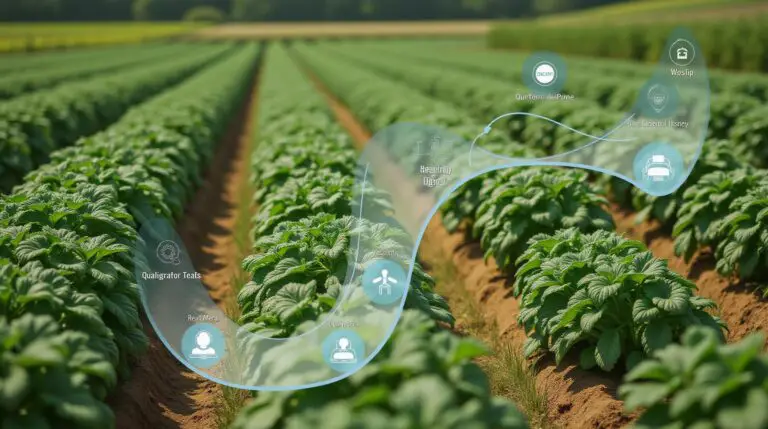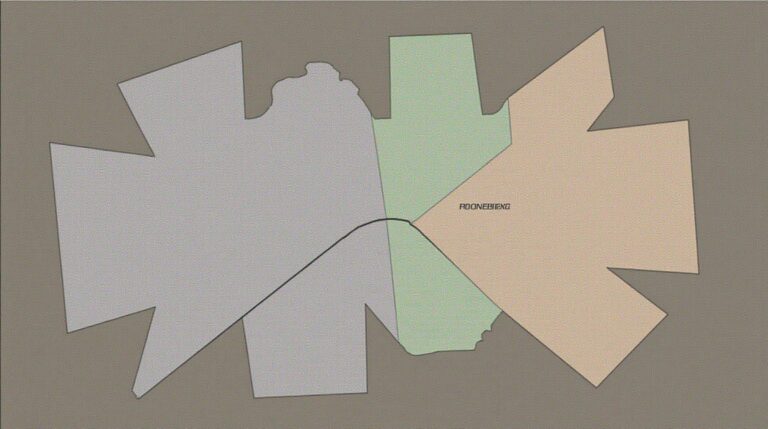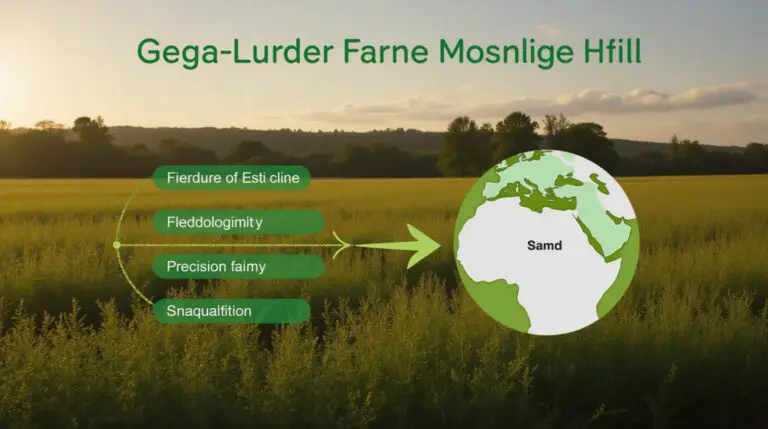Dakota County GIS: Tools for the Region
Dakota County GIS: Tools for the Region
Imagine knowing exactly where your next client is, precisely planning a development project, or quickly assessing the risk of flooding before it hits. This is the power of Geographic Information Systems (GIS), and Dakota County is leveraging it to transform how residents, businesses, and researchers navigate and interact with their information.
What is Dakota County GIS?
GIS is a system that allows us to capture, analyze, and visualize geospatial data, which encompasses physical features and locations on Earth. Dakota County GIS, developed and maintained by the county, provides a comprehensive suite of tools and resources for understanding and managing this information.
Key Features and Benefits:
Dakota County’s GIS portal offers a range of tools and databases, including features like:
* **Property Mapping:** Discover property boundaries, assess taxation data, and explore zoning maps.
* **Land Use & Development:** Stay informed about new development projects, transportation plans, and land-use changes through interactive maps and datasets.
* **Natural Resources:** Examine environmental data on water management systems, wetlands, and ecological areas, using advanced map layers for improved planning and analysis.
* **Public Services:** Understand the locations of Dakota County fire stations, libraries, and other critical public services, aiding in operation and resource allocation.
* **Disaster Preparedness:** Access critical data and resources for understanding historical and continuous flood risks, hazards, and potential evacuation routes, vital for community safety and disaster response.
Resources & Platforms
We offer access to the following support platforms for our users:
* **Dakota County GIS Web Map:** [Insert URL or HTML link to Dakota County GIS Web Map here]
* **Data Downloads:** Access raw data from various sources through our library of downloadable datasets (e.g., demographics, transportation, land use), available in various formats. ([Insert URL or HTML link here if applicable])
* **Software Platform:** The county utilizes Esri ArcGIS, a widely acclaimed GIS software.
* **Training and Support Services:** Learn through online resources, workshops, and training sessions about utilizing GIS data to solve your specific needs ([Insert URL or HTML link here for training services and online resources, if available.]).
Access & Use for Residents, Businesses, & Researchers
No matter your purpose, Dakota County GIS offers you a range of options:
* **Residents:** Discover the location of amenities, plan home renovations based on property features, safety guidelines, and understand zoning rules that relate to your residence, and are crucial for local government interaction.
* **Businesses:** Locate potential clients, assess market competitors, and gain insights into the area’s business landscape. Identify optimal building sites based on zoning regulations, local infrastructure, and availability of utilities.
* **Researchers:** Advance research projects with accurate, updated datasets for environmental analysis, urban planning, and identifying trends within the county.
Realizing the Potential of GIS
GPS has become an invaluable tool for us to understand and manage our county. Playground safety plans, potential investments for new infrastructure, growth visions, environmental protection, and emergency response all benefit when guided by GIS data. Dakota County offers its datasets freely to open your research, analysis, and planning.
**Learn More & Get Involved**
[Insert Call to Action.]
By using these tools, residents, businesses, and researchers can move beyond abstract data and see relationships and patterns that can help us build a vibrant and sustainable future for Dakota County.
Here are the HTML tags you need to create an FAQ section for Dakota-County-GIS:
“`html
FAQs
What GIS data does Dakota-County-GIS offer?
Dakota-County-GIS provides a wealth of GIS data covering various areas such as land parcels, zoning, public transportation, parks, utilities, and more. We offer both raster (e.g., aerial imagery) and vector (e.g., boundaries, addresses) data formats.
How can I access and download GIS data?
You can access and download various GIS datasets through our website. Visit our Data and Applications page for a comprehensive list of available datasets.
What file formats are available?
You can download data in various formats including Shapefile, GeoTIFF, GeoJSON, and others. This varies depending on the specific dataset.
What are your data processing and copyright policies?
You can find information about data processing requirements and copyright restrictions on our Data and Policies page here.
“`
**Explanation:**
* **`section`:** Defines a section containing the FAQs.
* **`h2`:** Headline representing “FAQs.”
* **`ul`:** Creates an unordered list, grouping the FAQs.
* **`li`:** Defines individual FAQs.
* **`p`:** Paragraph tags, for the answer text.
* **``:** Creates hyperlinks for web addresses (`.gov`).
**Important Notes:**
* **Content and Links:** Replace the placeholder text with the actual information and correct interactive links for the Dakota-County-GIS.
* **Data Delivery Formats:** Review and list all available file formats (e.g., shapefile, .zip) associated with a data collection. Refer to specific data collections for their use.
* **User Needs:** The online data catalog on Dakota-County-GIS needs to be updated for latest data availability and technology (U.S. Data Managemement styles) used fo connect with the site and use the data.
By utilizing this structure you can create a FAQs section for Dakota County-GIS with clear information and maintain the page’s content relevant and consistent as you add and update data over time.
Check similar topics:







